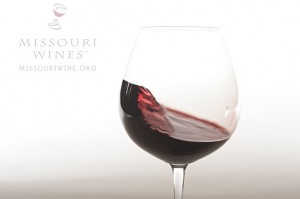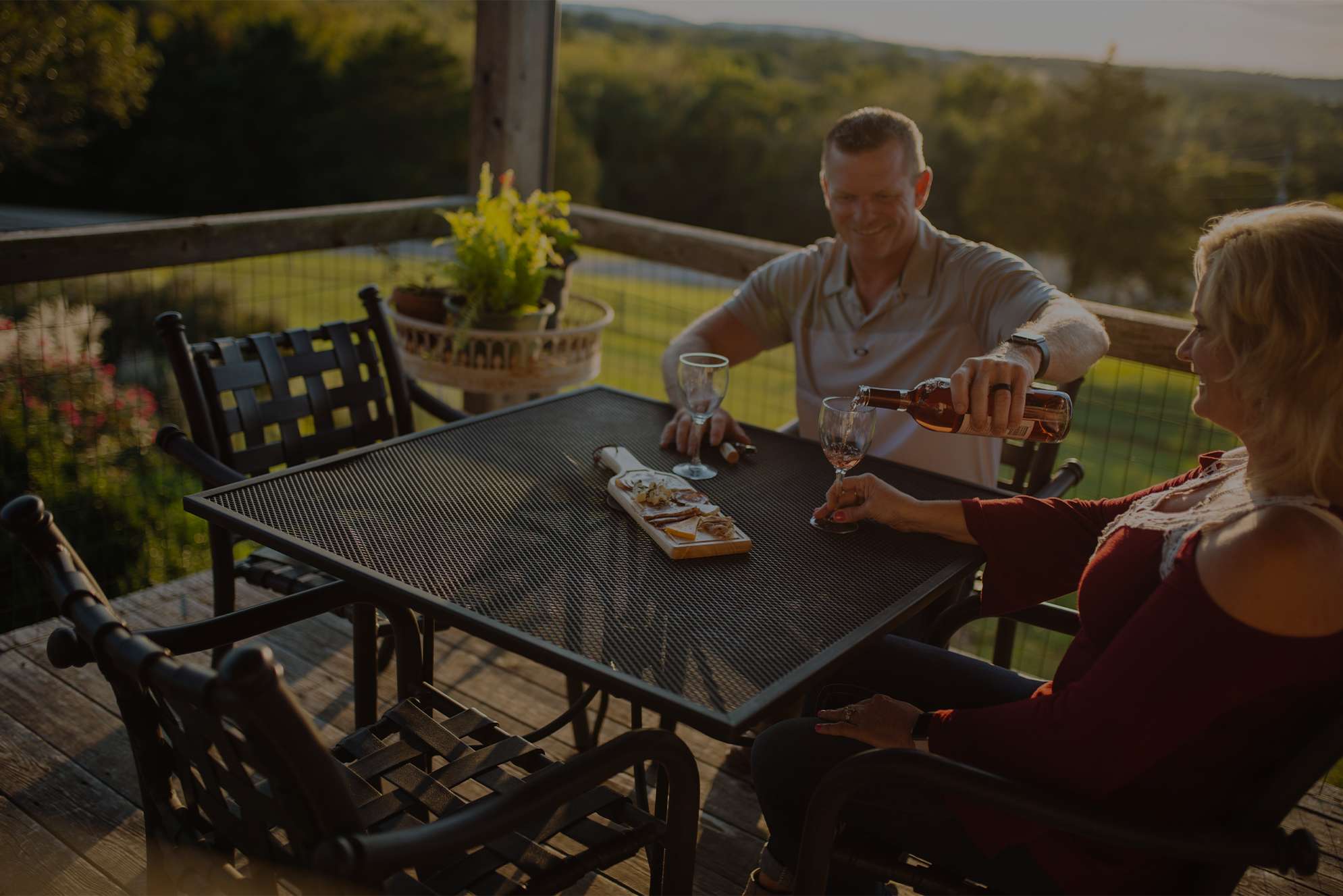October 06, 2015

Wine tasting can be a little intimidating sometimes, but it doesn’t have to be. Knowing the lingo can go a long way to making you feel more comfortable diving into the delicious world of wine. Missouri is home to more than 125 wineries, and they all offer tastings of some variety. Learn these tasting terms and you’re ready to head out to wine country and get the most out of wine tasting!
Smelly Terms
aroma — the smell of wine, derived from the grapes (different than bouquet)
bouquet — refers to the complex smells derived from the aging of wine
nose — describes the combination of the aromas and bouquet of a wine
Tasty (and sometimes smelly) Terms
You’re not only using your sense of taste when you take a sip of wine. You’re also using your sense of touch. These terms will help you describe what you smell, taste and feel.
acidity — the liveliness and crispness in wine that activates salivary glands
balance — when the elements of wine – acids, sugars, tannins, and alcohol – come together in a harmonious way
body — a tactile sensation describing the weight and fullness of wine. A wine can be light, medium, or full bodied. (Note: A good way to think about this is the difference between skim, 2% and whole milk.)
dry — describes a wine that doesn’t contain significant grape sugar; the opposite of sweet (Note: A wine can be dry and still taste fruity.) Wines range in sweetness levels.
herbaceous — denotes smells and flavors of fresh herbs (e.g., oregano, basil, rosemary, etc.)
hot — a description for wine that is high in alcohol
mouth-feel — how a wine feels on the palate; for example: rough, smooth, velvety, or furry
oak/oaky — denotes smells and flavors of vanilla, baking spices, coconut, mocha or dill caused by barrel-aging
spicy — used to describe smells and flavors reminiscent of baking spices, black pepper, bay leaf, curry powder, saffron, etc. found in certain wines
minerality — this is a fairly ambiguous term used to describe smells and flavors that remind you of the sea (think crunchy sea salt or oysters), the sidewalk after it rains, or even chalk
jammy — denotes wines with intense, concentrated fruit flavors
Random Terms of Interest
appellation — a delineated wine producing region, in the US they are called American Viticulture Areas (AVAs) and Missouri boasts the very first one named in the country. (Note: You’ll often find the appellation or AVA listed on a wine’s label, more about that here.)
terroir — French for geographical characteristics unique to a given viticulture area (Note: If you’d like a more in depth understanding of what terroir is and why it matter, read this blog post.)
varietal — a particular type of grape. There are hundreds, maybe even thousands of different grape varietals grown around the world. Missouri vintners primarily grow hybrid and Native American varietals that can handle the demanding weather of our region. (Note: You can learn more about Missouri grape varietals here.)
vintage — the year a wine is bottled. Also, vintage is used to describe the yield of wine from a vineyard during a single season.
We hope this breakdown of some of the language of wine helps you get even more out of your next trip to Missouri wine country!

